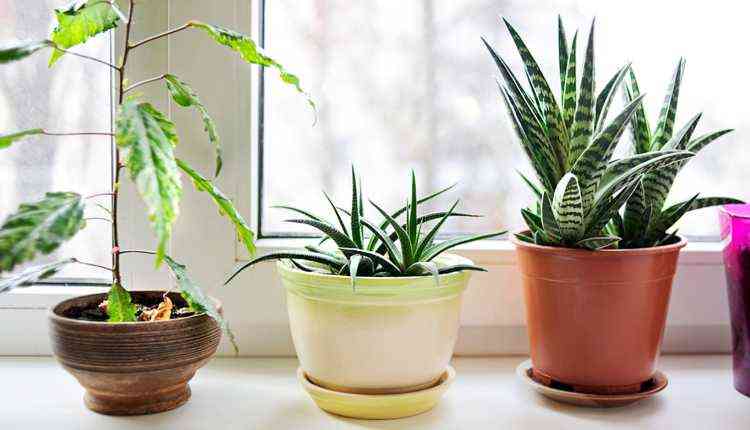India is said to be the most polluted country in the world and scores 177 out of 180 in the Pollution Index. 11 out of the 12 most polluted cities are located in India. Around 140 million people breathe the polluted air, which is over the WHO’s safe limit every year. Due to the burning of crop residue in agriculture fields resulting in smoke and smog, the capital city, Delhi is one of the most dangerous places to stay. The government did its part by enforcing the air pollution prevention act but failed miserably due to a lack of understanding of its consequences, enforcing the rules and creating awareness of pollution among the people.
The pollution is not something that can be controlled on a day or a year. It is a process involving every day and every year. Self-awareness is important. One should be conscious of the environmental hazards and try to minimize it as much as possible. On that note, growing the plants that purify the air surrounding us can be an effective plan in reducing air pollution. Let’s have a look at 23 types of plants that can help us reduce air pollution.
23 Plants that purify the air and reduces pollution available in India are:
1. Areca Palm

Areca Palm (Dypsis Lutescens) is also known as Golden cane Palm, Yellow Palm and Butterfly Palm. Belonging to family Arecaceae has its origin from Madagascar. This plant grows 6-12 m tall. Typically grown as ornamental plant the Areca Palm is an indoor house plant. It can be grown outdoors also. People grow this plant in their house without knowing its speciality in purifying the air. Areca Palm is a convenient plant to grow by just providing the right amount of light. They need bright or indirect light from the west or south-facing window. It’s usually cheaper when you buy the small plant compared to buying the big grown plant. You might also be interested in knowing about the 13 Best And Cheapest Air Purifier Available Online In India.
2. Spider Plant
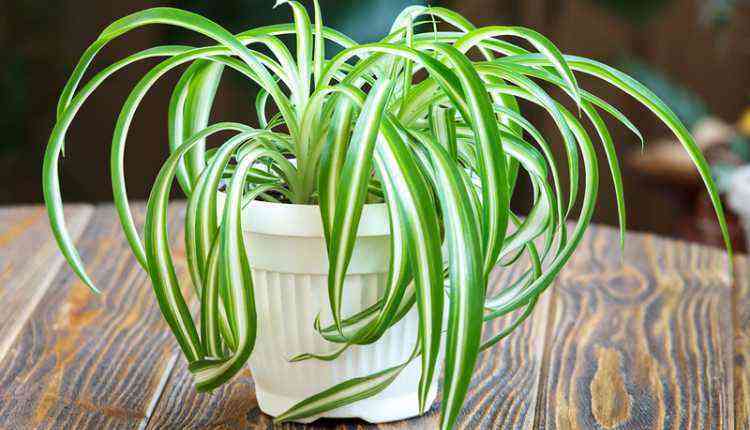
Scientifically knows as Chlorophytum Comosum, Spider plant is also called as Ribbon Plant and Spider Ivy. They need indirect sunlight and little water to survive. They are named after the spider because of their spider-like growing leaves. The Spider Plant makes your house look beautiful as well as purifies the air around you. The tip of the leaves should be occasionally cut when they turn a brown colour. Try not to use the drinking water it may cause an excess of salt in the soil.
3. English Ivy
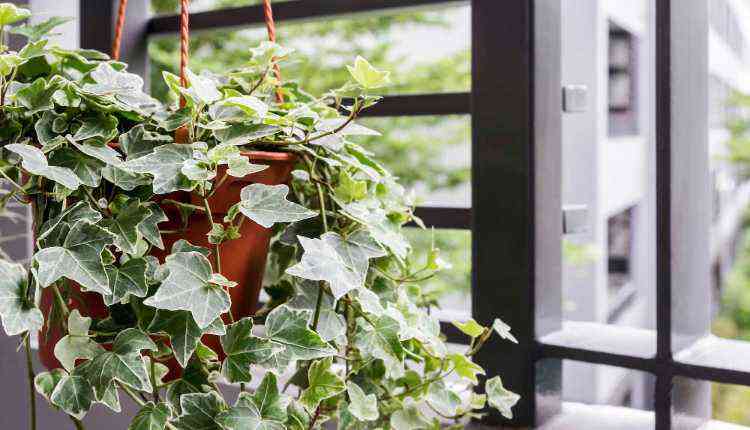
English Ivy, European Ivy, Common Ivy or just Ivy is scientifically known as Hedera helix. These species are mostly grown in Europe and Western Asia. This climber can grow till 20 to 30m. The plant produces purple berries serving as food to many birds. They are medicinal towards cough and bronchitis and this the main reason why the Ivy plants are used as a solution to air pollution. Grown both indoors and outdoors this plant needs organic soil filled with compost and are mostly kept in shady places.
4. Peace Lily
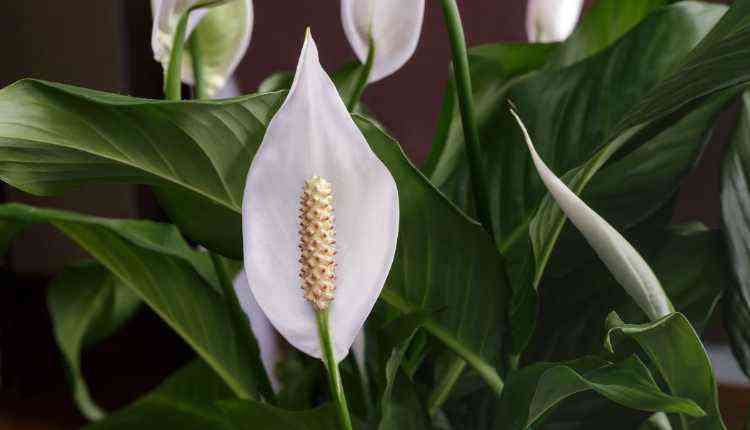
Belonging to the family Arecaceae, the Peace lily is native to America and Southeast Asia. This indoor house plant uses minimum sunlight and needs a little amount of water. People often confuse this plant to the “lily”. But lily is a poisonous plant and peace lily is a different plant biologically called Spathiphyllum. NASA has put this plant in its list of 10 house air-cleaning plants. Peace lily can grow up to 24-40 inches. Also, the Peace lilies can be poisonous towards cats and dogs so its better to keep them out of reach.
5. Snake Plant
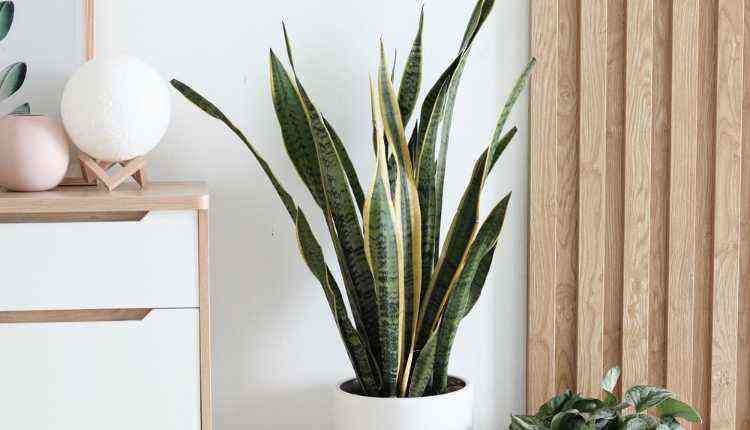
Sansevieria trifasciata is funnily called mother in-law’s tongue and viper’s bowstring hemp. This plant is native to Nigeria and Congo. The dense plant looks like a snake’s skin and hence the name. With the mechanism of crassulacean acid metabolism the plant exchanges oxygen and carbon dioxide. The perfect indoor house plant is recognized by NASA as an air purifier plant. Indirect sunlight and very less water are sufficient to grow these plants.
6. Money Plant

Money plant can be grown on both water and soil. It’s usually found in the majority of Indian houses as it is believed that this plant brings wealth, fortune and luck. Water this plant thoroughly in summer and less in winters. The plant otherwise is known as Devil’s Ivy and its scientific name is Epipremnum aureum. The “devil” term is given to the plant by botanists because it does not die even when you neglect it.
7. Weeping Fig
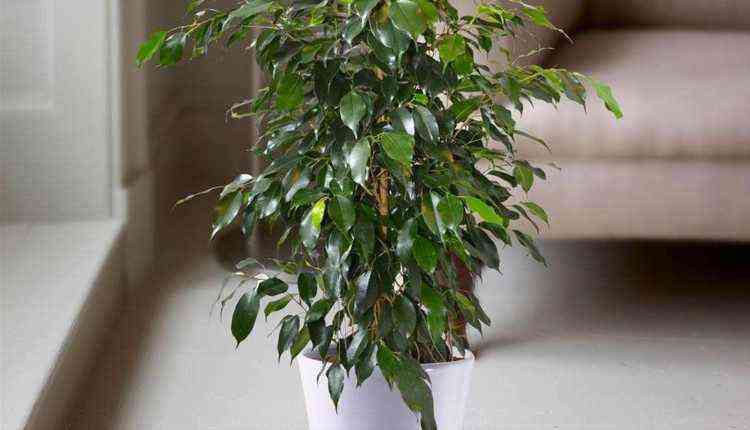
Ficus Benjamina commonly known as Weeping fig is a tree that can grow till 30 m. The plants can be grown indoors. This plant is native to Asia and Australia. It needs an ample amount of sunlight and little shade. Watering is done in a small amount and special care has to be taken during winters. It is allergic to pets and asthma patients. The NASA reported this plant to be one of the air purifiers at cleansing formaldehyde and Xylene.
8. Boston Fern
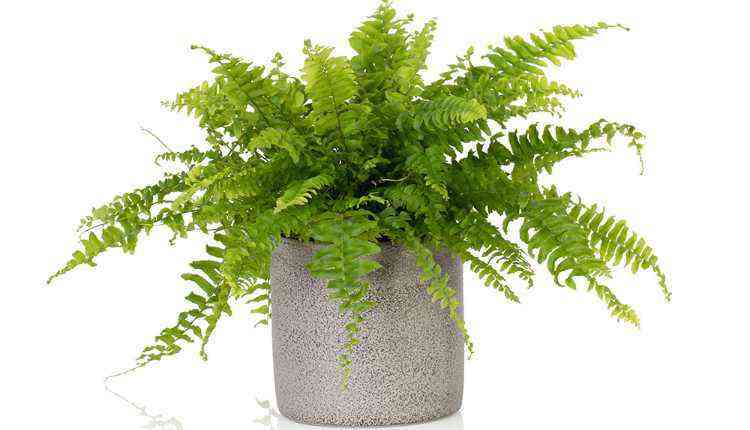
Nephrolepis exaltata is the scientific name of Boston Fern. This plant is also called Sword Fern. Its an evergreen herbaceous plant is grown in tropical regions all over the world. Its usually kept in the shade with indirect sunlight and the necessary element of the healthy growth of the plant is keeping it in humidity. Avoid keeping it in the dry soil and make sure you water it every day to retain the humid condition. This also one of the plants that help in tackling Air pollution.
9. Aloe Vera
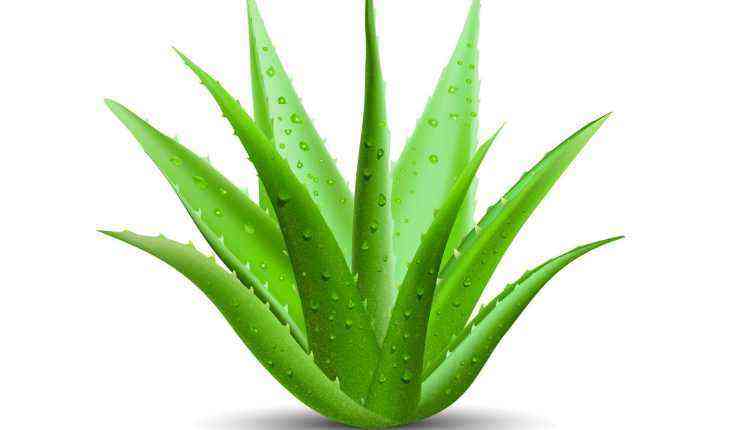
Aloe Vera one of the best plants used as a medicinal property is also an air purifier. It’s often called the Wonder Plant due to its various natures. Scientists say that growing one Aloe Vera is equal to having 9 air purifiers. It rapidly removes formaldehyde in the air, keeping it clean. Growing this plant is very simple. It grows best in dry conditions and cannot tolerate standing water.
10. Dracaena Reflexa
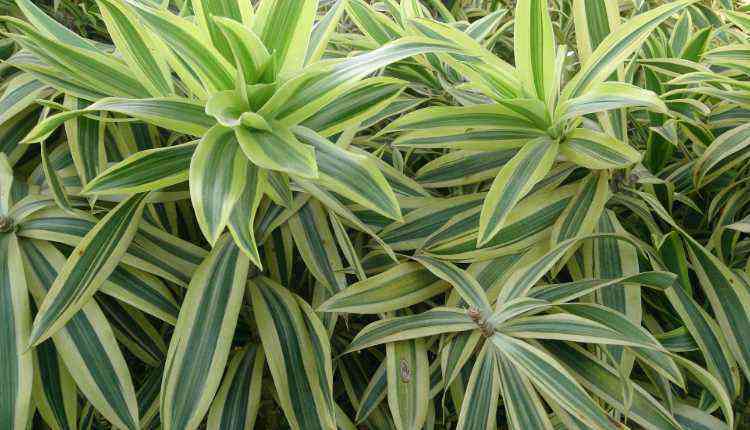
Grown widely as an ornamental plant this plant is also known as “Song of India” as it is native to the islands nearby the Indian Ocean. It can be kept at homes as short plant, bush or a tree. Indirect light and dry conditions are the two main things to be kept in mind if you grow this plant. Water the plant from time to time so that the plant retains its humidity and prevent it from the browning of the leaf tips. This intoxicates the air around you.
11. Aglaonema
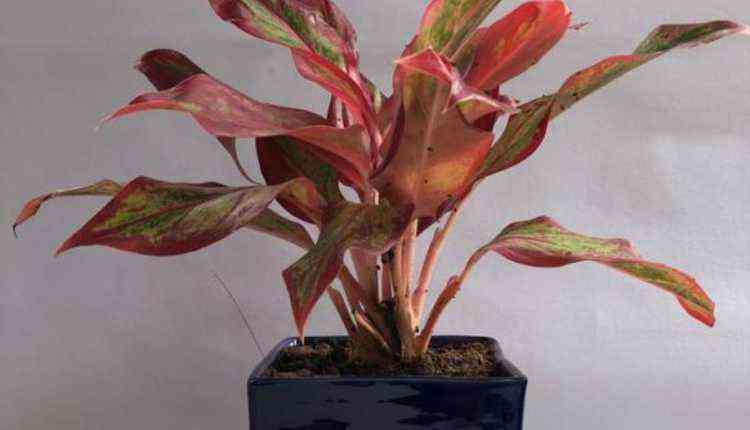
Commonly known as Chinese Evergreen this air-purifying plant is native to Asia and New Guinea. The red Aglaonema shown in the above picture should be watered regularly. This plant is mostly grown indoors and require less sunlight. It cleans benzene and formaldehyde present in the air.
12. Pygmy Date Palm
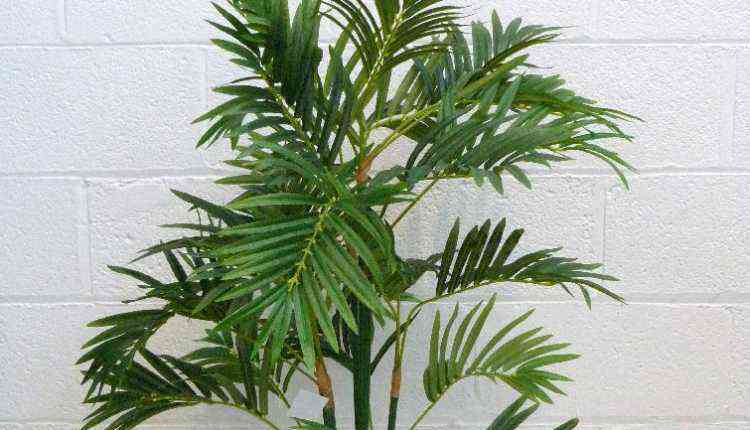
Phoenix roebelenii is commonly known as Pygmy Date Palm. This plant is native to Southeastern Asia and Southwestern China. This plant can grow up to 12 feet. These indoor plants grow perfectly with moist soil and indirect sunlight. In the United States, these plants are grown largely outdoors. Offices with low light and controlled temperature are the ideal places for these. They are good at removing Xylene from the air.
13. Philodendron
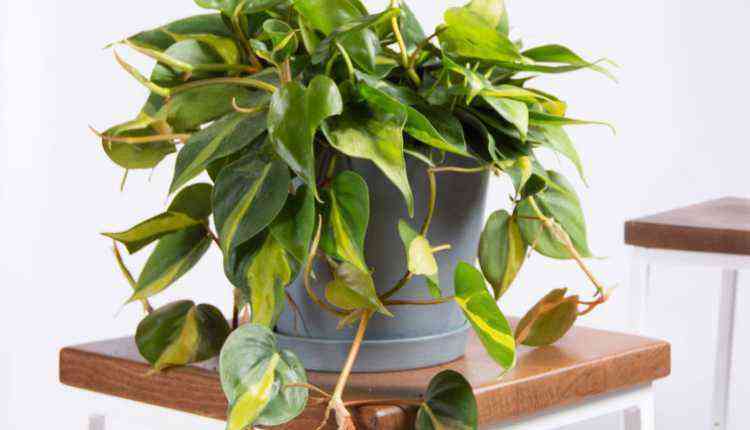
Bright and indirect sunlight and retaining the humidity of the soil can help this plant grow healthy. Philodendron is the second-largest member of the family Arecaceae. Make sure the leaves don’t turn pale by watering it regularly. Feeding them with fertilizers can help the plant grow well. These plants are often confused with Pothos (money plant). Pothos are smaller and are mostly in green and mixed white in colour.
14. Chrysanthemum
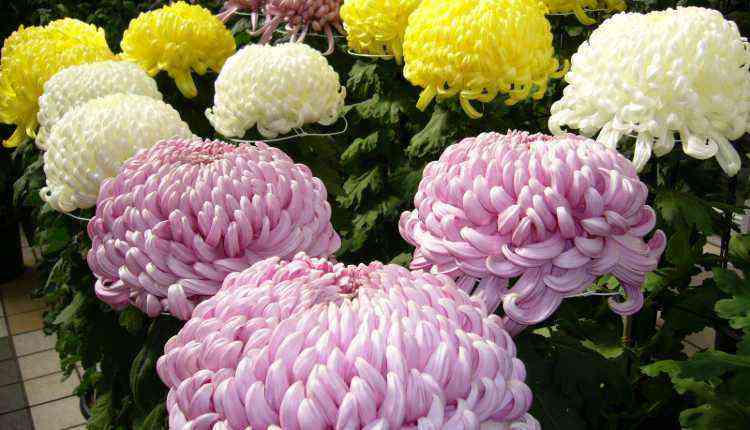
Mums or Chrysanths belong to the Asteraceae family. They are native to northeastern Europe and the Asian continent. These plans are usually grown outdoors and are found to be air purifiers. The plants are majorly used for decorations all over India. They survive in well-draining soil and consistent moisture and they love sunlight. Florist’s Chrysanthemums are grown indoors as air purifiers.
15. Wallflower Plant
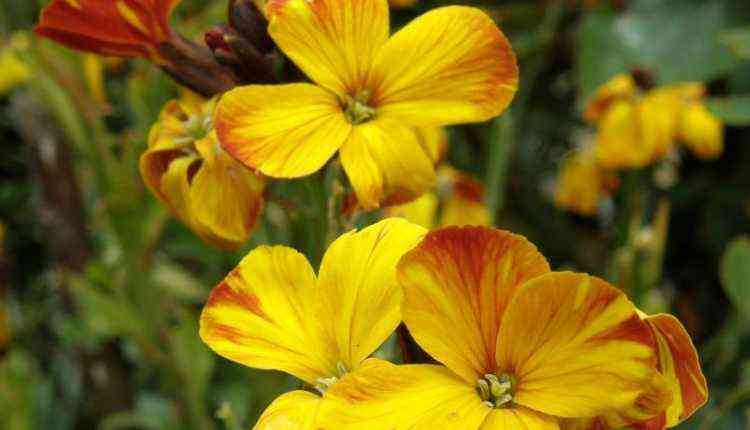 The term wallflower is given to people who are introverts. This plant depicts the same. Scientifically known as Erysimum, Wall Flower belongs to the cabbage family. This garden plant usually grows in shade and are mostly perennial. The seed is planted in the moist soil and shows the amazing development during autumn and spring.
The term wallflower is given to people who are introverts. This plant depicts the same. Scientifically known as Erysimum, Wall Flower belongs to the cabbage family. This garden plant usually grows in shade and are mostly perennial. The seed is planted in the moist soil and shows the amazing development during autumn and spring.
16. Calathea
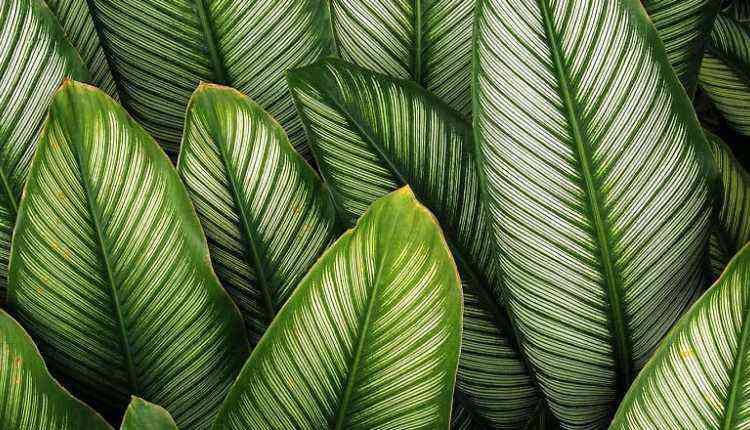
Its called Living PLant because of the unique character it possesses. This plant closes its leaves in the night and opens in the morning. Every office has this plant, and of course, if you love landscaping this plant will be in your collection. The Calathea plant belongs to family Marantaceae. The wide green leaves make the plank look beautiful wherever you keep them. It should be kept in indirect sunlight, watering with distilled water helps and retaining the humidity of soil is also important. Meeting rooms and lobbies are filled with minimum sunlight and make for an ideal place to grow this plant.
17. Monstera Deliciosa
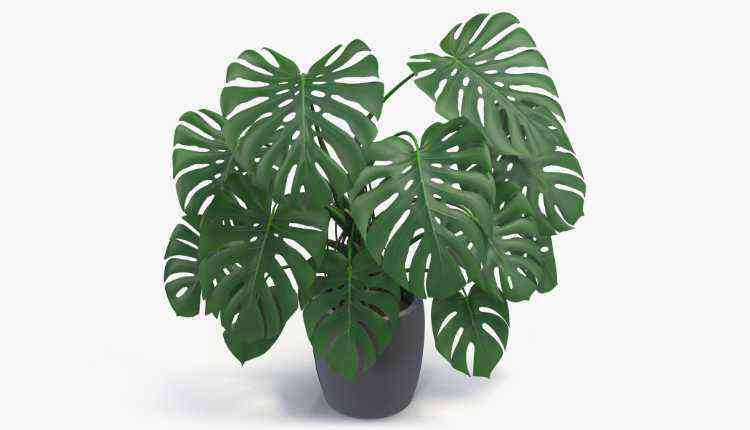
Commonly known as the Swiss Cheese plant is native to tropical parts of southern Mexico. You walk-in to galleries, beauty salons, or open a Fashion Magazine these plants are there. Those big green leaves with holes make it look very different from the other plants and hence gets the name Monstera which means abnormal in Latin. Again, this also belongs to family Arecaceae. It grows in the forest as well as indoors. Retain the humid condition in the soil and keep it where the sunlight is minimized. If there is too much of sunlight the leaves turn yellow. This big guy here is also an air purifier — also, read 13 Plants That You Can Easily Grow In Your Balcony And Roof.
18. Asplenium Crispy Wave
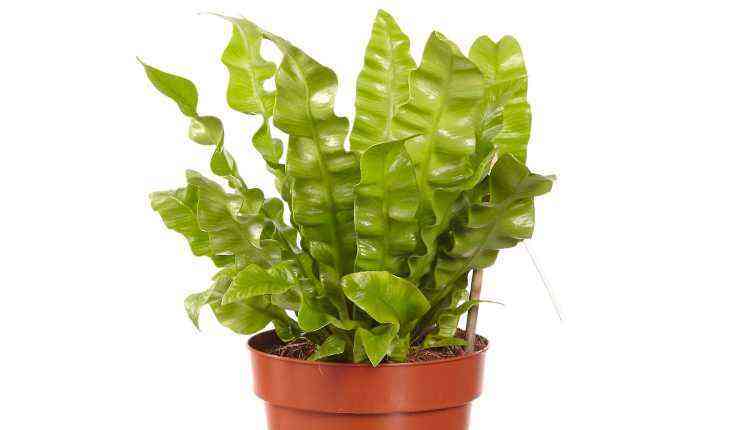
This plant gets its name because of the wavelike leaves. The leaves are glossy and green in colour. During the Middle age, this plant was called as spleen herb as it was treated for spleen diseases. It’s best grown in places with moderate sunlight and then fertilizing the plant once in a month will protect the plant from its tip turning a brown colour. This plant is on trend nowadays as everyone buys it for their homes, office and studios. It looks good, also purifies the air.
19. Phlebodium Blue Star Fern
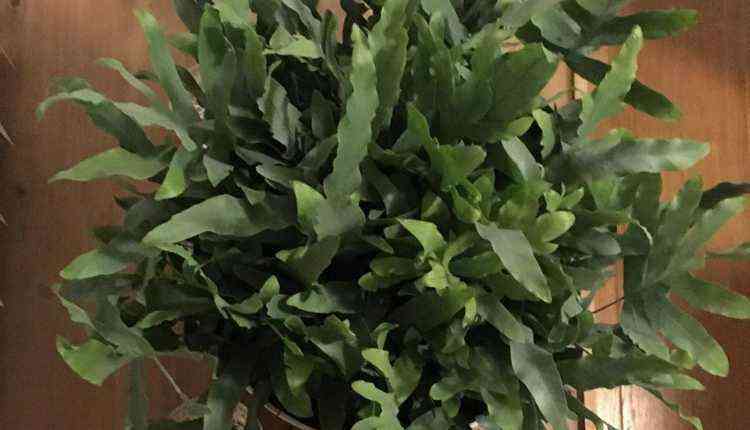
This plant typically forms canopies in the South American forests. It’s grown on other trees and plants so naturally doesn’t require much light. It likes moisture. It is favourable for both indoor and outdoor but during winter, it is better to shift the plant inside the house as it does not support the cold temperature. Make sure the soil is neither dry nor wet. It is also one of those plants that serve as air purifiers.
20. Lady’s Mantle Plant
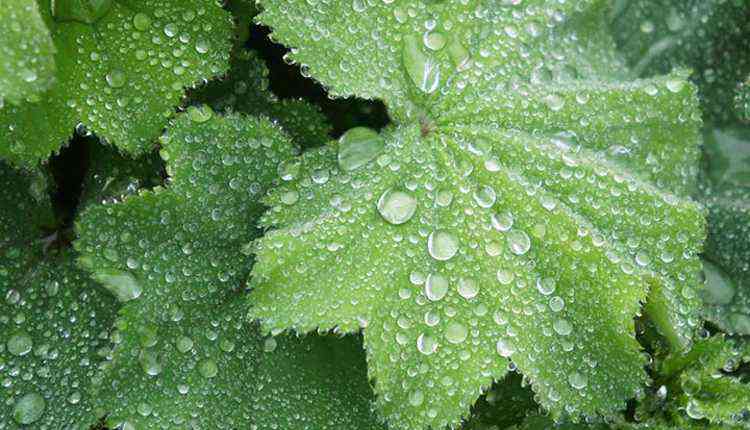
Scientifically termed as Alchemilla Mollis of family Rosaceae this plant is a perennial plant. This plant is also used as a medicinal plant for the preparation of herbal tea. Lady’s Mantle is native to cool temperate and subarctic regions of Asia and Europe. Each leaf is fan-shaped with tiny hair covering showing the characteristic of resisting water. Alchemilla prefers afternoon sunlight and can survive in the low shade as well. The plant can survive without water for days, but it has to be watered once in a while to prevent the leaves from turning brown in colour.
21. Sword Brake Fern
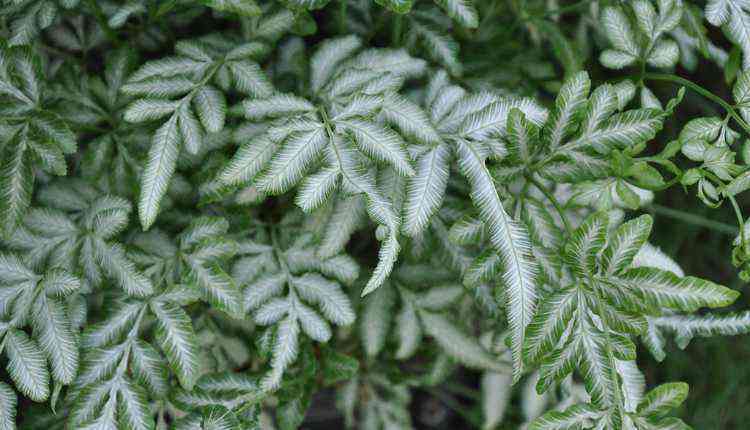
The botanical name of this plant is Pteris Ensiformis. The other names are Slender brake fern and Silver lace fern. This is commonly used for the preparation of herbal in Taiwan. Slender fern can be grown as a house plant and survives tropical and subtropical climates. It can grow from 12 to 6 inches and needs shade to part shade. The sunlight should be very less. Do not forget to fertilize regularly if you are growing this in a container.
22. Raphis Excelsa

This plant native to Southern China and Taiwan is also known by names such as Bamboo palm and broadleaf lady palm. Inside the houses, this plant can literally grow 14 feet tall. It’s commonly seen in all the offices. It can be nurtured in both tropical and subtropical climates and hot and cold temperatures as well. The soil must be moist most of the time to prevent the plant from burning tips and foliage turning grey. This convenient to grow plant can be used as an air purifier.
You might also be interested in setting up Spa At Home: How To Get A Spa Treatment At Home.
23. Transvaal daisy

Also called Gerbera this plant is native to tropical regions of South America, Africa and Asia. This plant loves sunlight and dry soil. People usually grow this feeding compost. Water the plant daily and you can use seaweed as a fertilizer. Usually grown outdoors and sometimes indoors NASA identified this plant as an air purifier.
Growing these above-mentioned plants will not completely diminish air pollution, but for sure will remove the toxic chemicals present in the air which you breathe and can become a way of reducing your risks towards the pollution. In the growing digital world, all these plants are available online and are affordable.

